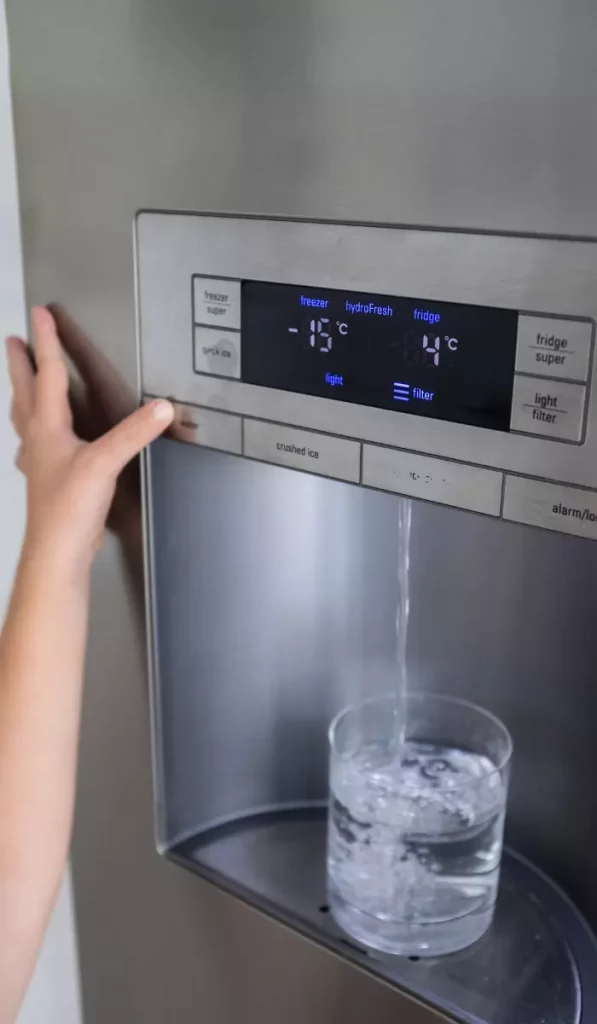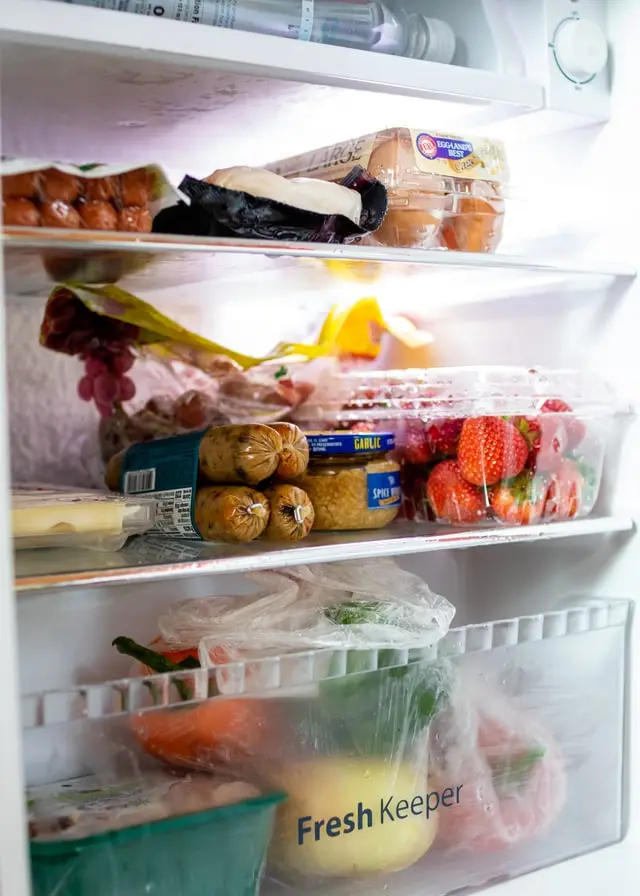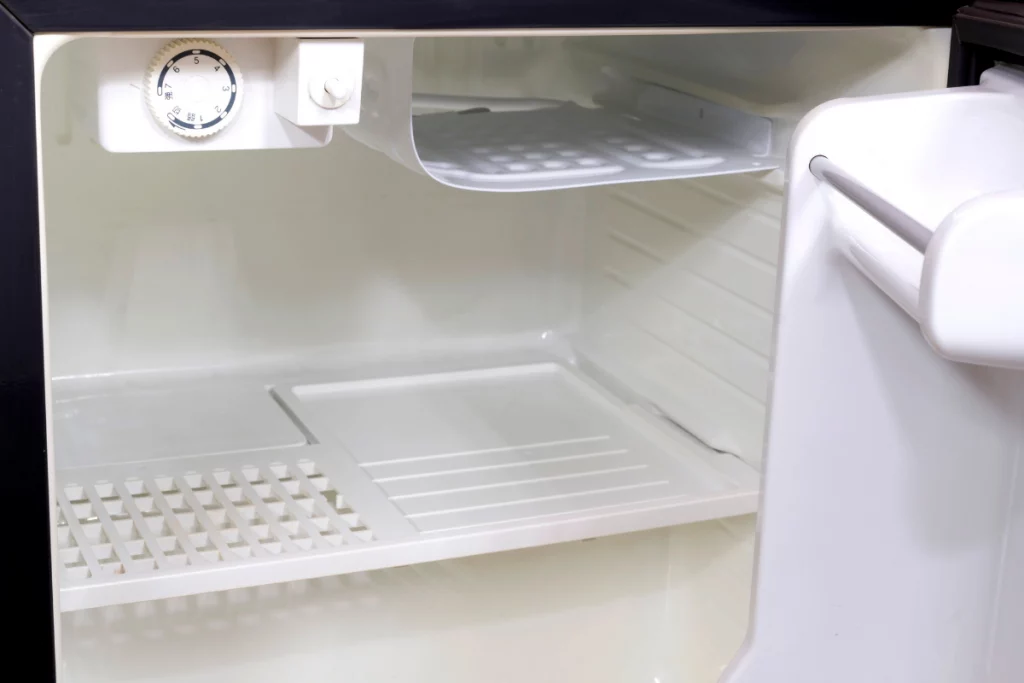Everyone has a refrigerator in their home; it’s a staple appliance. But there comes a time, whether for cleaning, moving, or perhaps an extended holiday, when we might need to unplug it. One question that often pops up during this time is whether or not we should leave the fridge door open.
In this article, we’ll delve into this topic to provide some clarity. So, if you’ve ever found yourself wondering if it’s a good idea to leave your fridge door open when it’s not in use, read on!
Table of Contents
Key Takeaways
- It’s generally a good idea to leave the fridge door open when unplugged to prevent mold, mildew, and odors. But always be mindful of children and pets.
- Unplugging your refrigerator does save electricity, especially if it’s for an extended period. However, for short durations, the savings might not be significant.
- Before unplugging for a long time, take steps to clean, defrost, and ensure it’s safe.
- When plugging it back in, be patient. Your fridge needs time to reach its optimal cooling temperatures again.
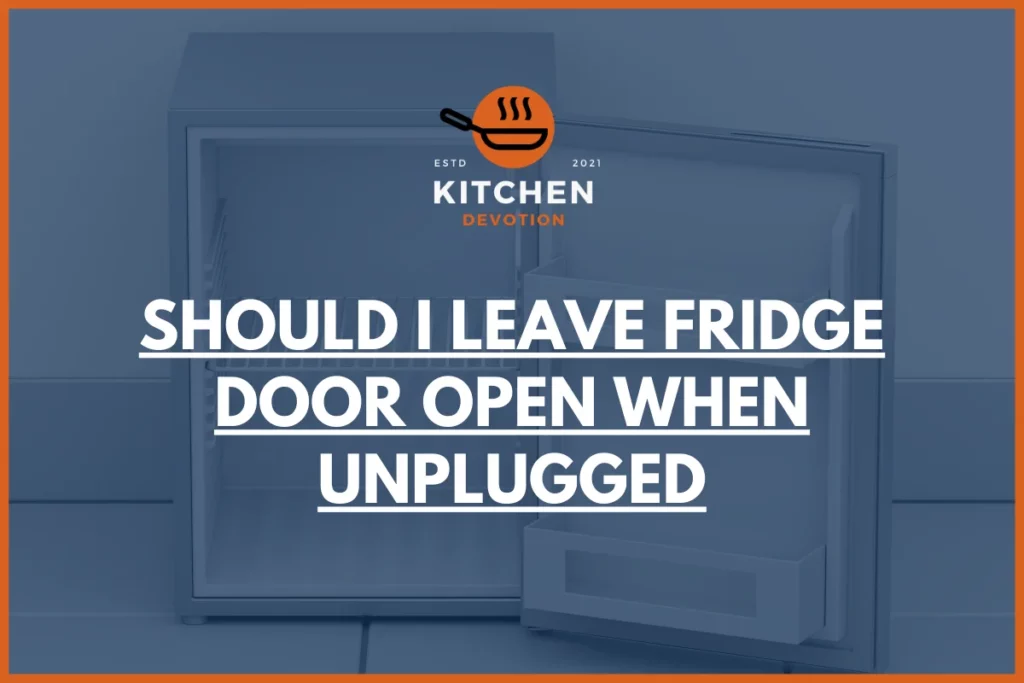
Should I Leave Fridge Door Open When Unplugged?
Absolutely. If you’ve unplugged your refrigerator and you’re thinking about what to do with the door, the straightforward answer is: yes, you should leave it open. But let’s talk about why.
1. Mold and Mildew Prevention
Fridges are generally cool and damp on the inside. When you unplug your fridge and it’s no longer cooling, the moisture trapped inside can become a prime breeding ground for mold and mildew. This isn’t just unsightly; it can be harmful to your health. Leaving the door open allows for ventilation and helps prevent these unwanted guests.
2. Odor Prevention
Have you ever come across an old refrigerator that has a funky smell? A closed, unused refrigerator can trap odors. Foods, even if removed, leave behind some residues that can start to smell over time. An open door helps dissipate any residual smells, ensuring you don’t get a nasty surprise when you plug it back in.
However, if you have pets or young children frequently around, you should take precautions when leaving the fridge door open to prevent them from accessing the fridge.
In summary, while it might seem like a small thing, leaving your fridge door open when it’s unplugged can save you a lot of cleaning and deodorizing down the road. Just remember to be mindful of the environment around the fridge.
Does Unplugging a Refrigerator Save Electricity?
Definitely, let’s break this down. When you unplug your refrigerator, you’re naturally cutting off its power source, which means it won’t consume electricity. But how much do you really save? Here’s the scoop:
- Electricity Consumption: A typical refrigerator, depending on its size and model, can use anywhere from 100 to 250 watts per year. If you’re unplugging your fridge for a significant amount of time, say a month for a renovation or an extended vacation, the savings can add up.
- Wear and Tear: Apart from electricity savings, giving your fridge a break can also reduce wear and tear on the appliance. Continuous operation, over time, can strain the refrigerator’s components. An occasional break, especially if you’re not using it, can potentially extend its lifespan.
- Environmental Impact: It’s not just about your electricity bill. Reducing energy consumption has a broader positive impact on the environment. Less energy usage means fewer greenhouse gas emissions, which is a win for our planet.
However, a point to note is that if you’re only thinking of unplugging your fridge for a short duration, like a few hours or a day, the energy savings might be minimal. Plus, the effort to empty the fridge and let it cool down again might not be worth the small savings.
In a nutshell, if you’re considering unplugging your refrigerator for an extended period, you’ll certainly save on electricity. But for short durations, it might be more practical to keep it running.
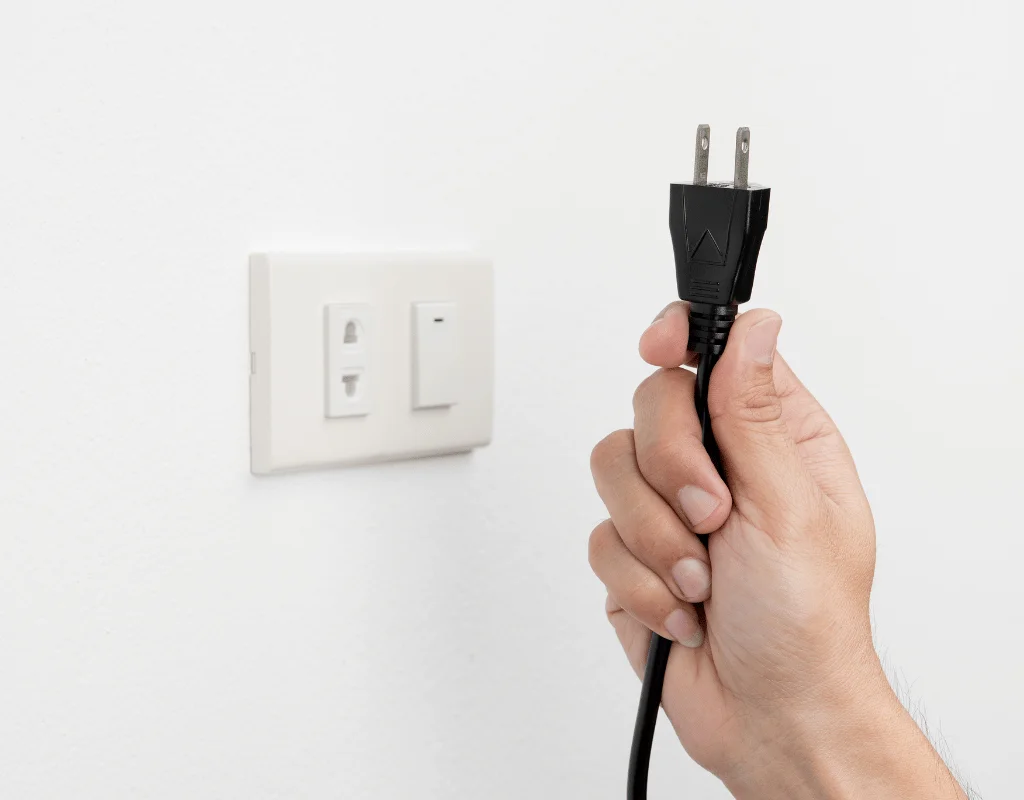
Best Practices for Turning Off Your Fridge for a Long Time
So, you’ve decided to unplug your fridge for an extended period. Great! But before you pull that plug, there are a few steps you should consider to ensure things go smoothly:
- Empty the Fridge: This might seem obvious, but make sure you remove all the food items. Not just perishables like milk and veggies, but also things like sauces or jars that might have been sitting at the back for a while. It’s a good opportunity to check expiry dates too!
- Defrost If Needed: Some older refrigerators and freezers may need defrosting. If there’s a build-up of ice, now’s a good time to melt it away. Place some towels at the bottom to soak up the melted ice.
- Clean the Interior: With the fridge empty, wipe down all the shelves, drawers, and sides. A mix of water and mild detergent should do the trick. This helps remove any lingering food residues or spills.
- Securely Prop the Door Open: As mentioned earlier, it’s a good idea to leave the fridge door open for ventilation. But if you have pets or kids, ensure the door is propped open in a way that prevents them from getting inside or shutting it.
- Pull the Plug Safely: Make sure your hands are dry when you unplug the refrigerator. Safety first!
- Check the Drip Pan: Some fridges have a drip pan underneath where water from the defrost cycle collects. If you’ve never checked it, now’s a good time. Empty and clean it if necessary.
- Consider the Location: If you’re moving the fridge to a different location while it’s off, keep it upright. Laying a fridge on its side can disrupt the internal components and the oil inside the compressor.
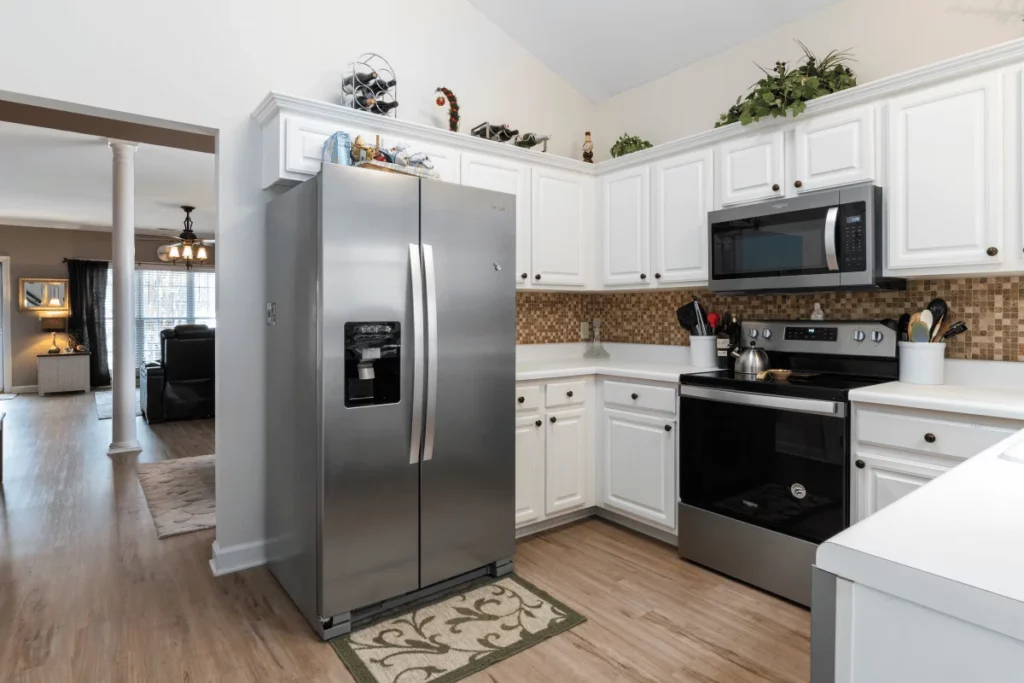
How Long Does It Take for a Fridge to Work After Being Unplugged?
Alright, you’ve had your fridge unplugged, and now it’s time to get it up and running again. But don’t expect instant coldness as soon as you plug it back in. Let’s dive into what you should anticipate:
1. Initial Cooling
Once you plug your refrigerator back in, it will start working immediately, but it won’t be instantly cold. On average, it takes about 3 to 24 hours for the fridge to reach its optimal temperature. This range varies based on the model, size, and age of the refrigerator.
2. Freezer Section
If your fridge comes with a freezer compartment or if you’re dealing with a standalone freezer, expect a longer wait. While the fridge section might get cold enough for most foods in a few hours, the freezer can take up to 24 hours to get back to its freezing point.
3. Food Restocking
Be patient before restocking. It’s best to wait until the fridge and freezer have reached their desired temperatures. Putting food into a not-yet-cool fridge can affect the food’s freshness, especially for items that need to be kept at strict temperatures.
4. Checking the Temperature
If you have a thermometer, use it to check the internal temperatures. Ideally, the fridge should be at or below 40°F (4°C), and the freezer should be at 0°F (-18°C).
5. Post-Unplugging Noises
Don’t be alarmed if your fridge makes some noises when you first plug it back in. It’s not uncommon to hear some initial clicks or even a slight hum as the compressor kicks back into action.
Conclusion
Navigating the world of refrigerators, especially when it comes to unplugging them for extended periods, might not be something we often think about, but it’s essential nonetheless. Whether it’s to save on electricity, clean, move, or for other reasons, knowing how to properly manage your fridge’s downtime will make a big difference.

